Dr. Nguyen Thu Huong - expert of STOP Organization (global tobacco industry monitoring network) shared important information on this issue.
Disguised media campaigns
Dr. Nguyen Thu Huong, can you tell us what communication strategies tobacco corporations have used to conceal the harmful effects of tobacco?
- In the past, tobacco corporations created debates about smoking and health to refute or reduce scientific research on the harmful effects of tobacco on health. When the harmful effects could no longer be denied, they quickly changed their marketing direction, launching new products such as electronic cigarettes, heated tobacco products, etc. with promotional claims that they were "less toxic", "helped quit smoking", "reduced environmental impact".
Experts cite that in the 1950s and 1970s, filtered cigarettes and light cigarettes were marketed as "clean", "doctor recommended", "alternative to smoking cessation" to give consumers a sense of safety. In the 1970s and 2000s, smokeless "fractional" cigarettes and lozenges also created the feeling that toxins had been eliminated. From 2010 to now, heated tobacco products, electronic cigarettes... have been advertised as less toxic and can replace, or "quit" traditional cigarettes.
However, there is no evidence to prove that e-cigarettes are less harmful than traditional cigarettes, all are just marketing campaigns to achieve profits of tobacco corporations. All of the above tricks create a feeling in the minds of users that using the newly produced cigarettes is safer, less harmful and thus the goal of creating maintenance and promoting profits of tobacco corporations has been achieved.
Doctor, please share more about how the tobacco industry targets young people?
- The tobacco industry has studied the tastes and behaviors of young people very carefully to target this target, as shown by their own statements. As early as 1957, a Philip Morris executive wrote that "hitting young people can be more effective despite the higher cost of reaching them, because they are more willing to experiment, they have more influence over their peers than later in life, and they are much more loyal to the brand they initially use. Or the use of the image of the Marlboro cowboy in advertising, suitable for the taste of the youth market, a perfect symbol of independence and individualistic rebellion...
The industry uses a variety of marketing tactics including attractive forms, sizes, affordable prices, fruity and fun flavors that appeal to children, and uses social media to portray ESD as a must-have lifestyle for young people. E-cigarettes come in the form of children's toys, snacks and gadgets, cleverly disguising dangerous devices behind cute and fun appearances, while avoiding detection by authorities including parents and teachers.
|
New tobacco products are cleverly disguised as milk cartons, water bottles, spare batteries... making them very difficult to detect. |
Exposing the truth about "harm reduction" of filtered cigarettes and new cigarettes
Dear Dr. Huong, filtered cigarette products or biofilters are advertised as reducing harm, but do they really reduce harm?
- In 1950, a tobacco corporation developed a filter that could change color from white to brown, giving smokers the impression that harmful substances were being kept from entering their lungs. This was a key point in the marketing strategy of tobacco companies to create a difference. But the truth is that this only gave smokers a more “comfortable” feeling in their throats, causing them to inhale more and deeper into their lungs.
Filters do not reduce harm. The promotion of biodegradable filters is an example of the tobacco industry’s greenwashing campaign – marketing environmentally friendly goods to increase sales, improve the manufacturer’s reputation, and distract attention from their harmful environmental practices.
In addition, tobacco corporations are using the concept of “tobacco harm reduction” (THR) to promote products such as e-cigarettes, HTPs, and nicotine pouches as alternatives to cigarettes.
Whenever tobacco companies face a major threat, they introduce new products that promise to be less harmful. They use these products to protect their sales, position themselves as part of the solution, and reconnect with policymakers. Ultimately, they only undermine progress while giving the industry a new way to make money.
Besides health, how does smoking negatively impact the environment, Doctor?
- In addition to health risks, the tobacco industry is negatively impacting the entire tobacco supply chain: from growing, processing, packaging, transportation to consumption and waste disposal (filters, packaging). Each stage causes soil, water, air pollution and imbalances the human ecosystem.
According to research, the cost of marine pollution and waste management from cigarette packaging and filters is 98 trillion VND per year. This is an “incomplete” figure of the actual environmental damage caused by cigarette waste. Cigarette waste accounts for 25-40% of total global waste and currently, it is not possible to collect and thoroughly treat this type of waste...
Source: https://baophapluat.vn/giam-hai-chi-la-vo-boc-de-ong-lon-thuoc-la-duy-tri-loi-nhuan-post550395.html











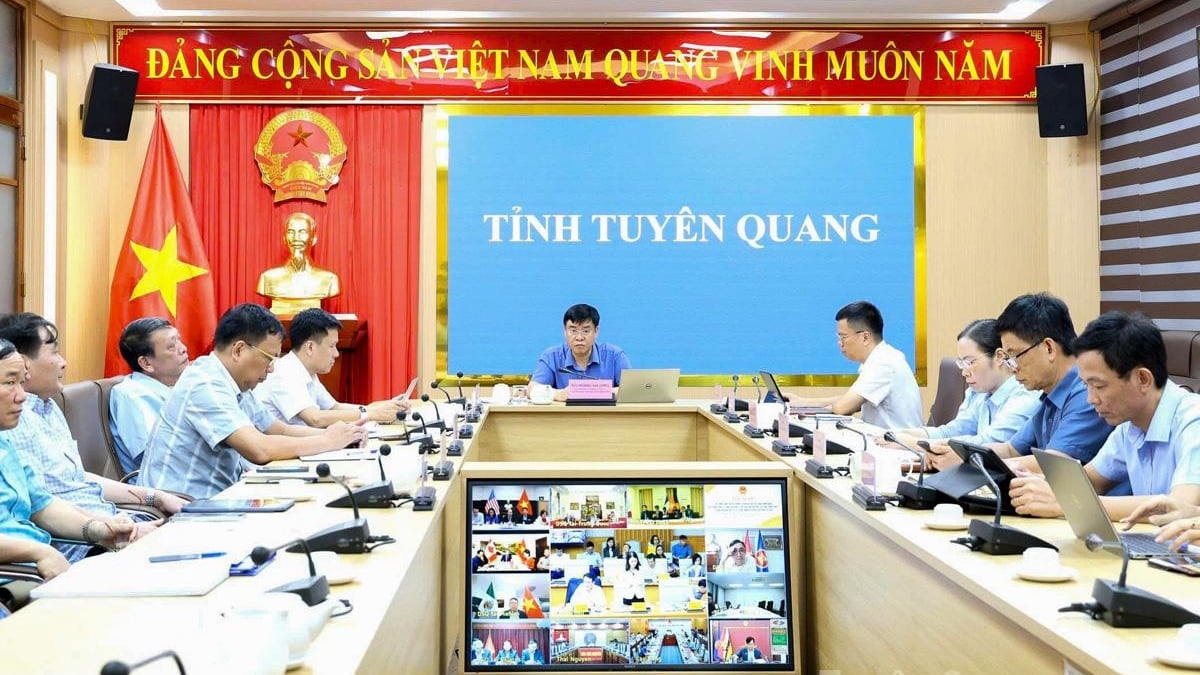





















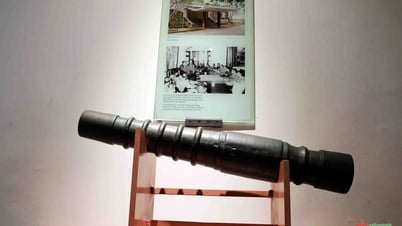
















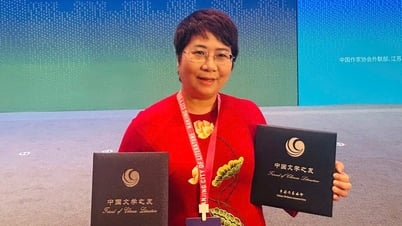












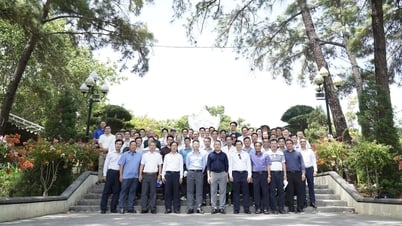













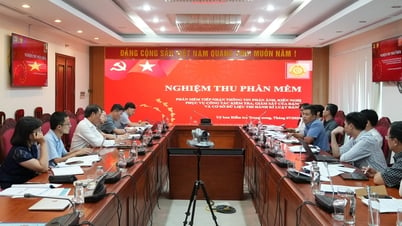
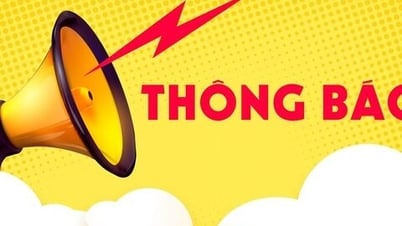

























Comment (0)